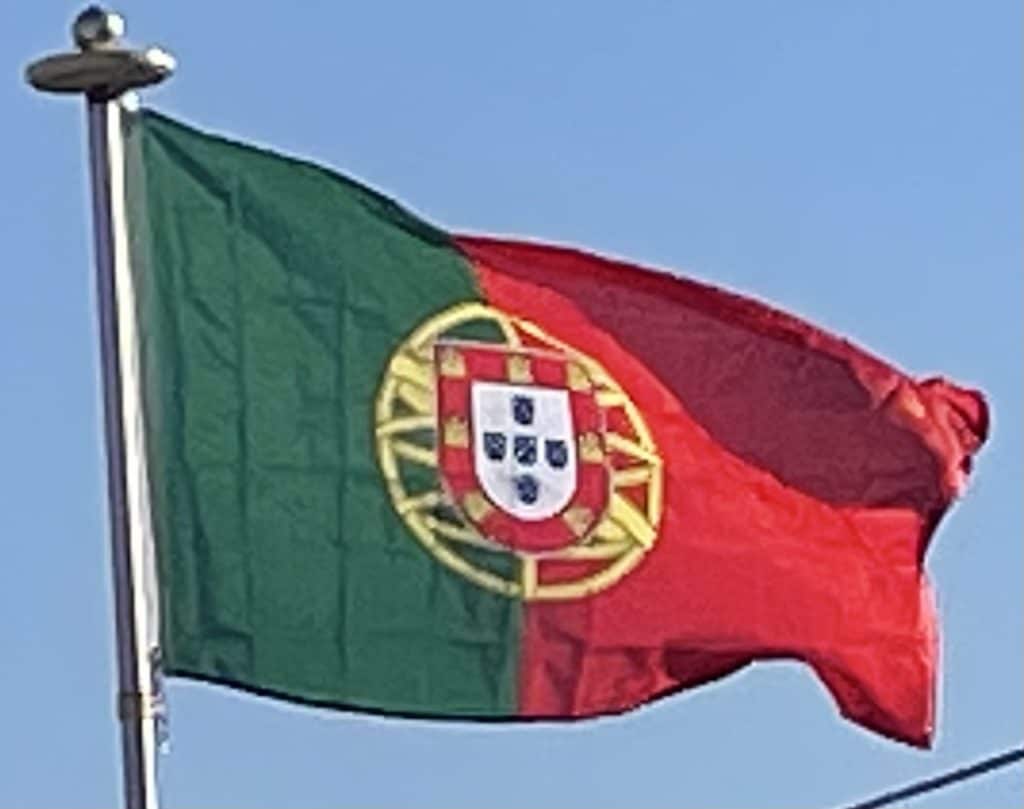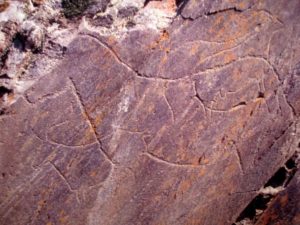
The early history of Portugal is shared with the rest of the Iberian Peninsula located in Southwestern Europe. The region was settled by Pre-Celts and Celts, giving origin to peoples like the Gallaeci, Lusitanians, Celtici and Cynetes (also known as Conii), visited by Phoenicians-Carthaginians and Ancient Greeks, was incorporated in the Roman Republic dominions as Lusitania and part of Gallaecia, after 45 BC until 298 AD.
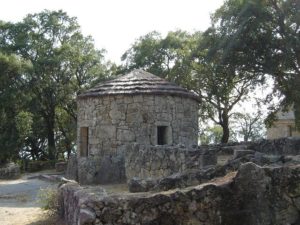
A few small, semi-permanent, commercial coastal settlements (such as Tavira) were also founded in the Algarve region by Phoenicians–Carthaginians.
Roman Lusitania and Gallaecia:
Romans first invaded the Iberian Peninsula in 219 BC. The Carthaginians, Rome’s adversary in the Punic Wars, were expelled from their coastal colonies. During the last days of Julius Caesar, almost the entire peninsula was annexed to the Roman Republic.
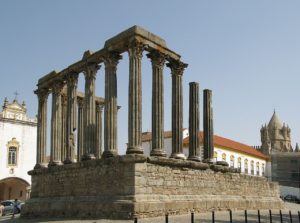
Rome installed a colonial regime. The complete Romanization of Lusitania only took place in the Visigothic era.
In 27 BC, Lusitania gained the status of Roman province. Later, a northern province of Lusitania was formed, known as Gallaecia, with capital in Bracara Augusta, today’s Braga.
Germanic kingdoms: Suebi and Visigoths:
In the early 5th century, Germanic tribes, namely the Suebi and the Vandals (Silingi and Hasdingi) together with their allies, the Sarmatians and Alans invaded the Iberian Peninsula where they would form their kingdom. The Kingdom of the Suebi was the Germanic post-Roman kingdom, established in the former Roman provinces of Gallaecia-Lusitania.
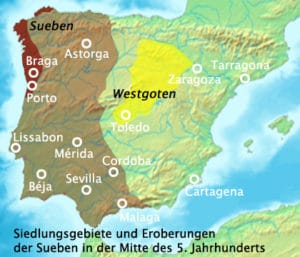
For the next 300 years and by the year 700, the entire Iberian Peninsula was ruled by the Visigoths.
Islamic Period and the Reconquista:
Today’s continental Portugal, along with most of modern Spain, was part of al-Andalus between 726 and 1249, following the Umayyad Caliphate conquest of the Iberian Peninsula. This rule lasted from some decades in the North to five centuries in the South.
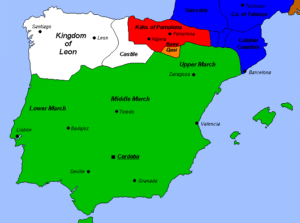
After defeating the Visigoths in only a few months, the Umayyad Caliphate started expanding rapidly in the peninsula. Beginning in 726, the land that is now Portugal became part of the vast Umayyad Caliphate’s empire of Damascus, which stretched from the Indus river in the Indian sub-continent up to the South of France, until its collapse in 750. That year the west of the empire gained its independence under Abd-ar-Rahman I with the establishment of the Emirate of Córdoba. After almost two centuries, the Emirate became the Caliphate of Córdoba in 929, until its dissolution a century later in 1031 into no less than 23 small kingdoms, called Taifa kingdoms.
County of Portugal:
An Asturian Visigothic noble named Pelagius of Asturias in 718 was elected leader by many of the ousted Visigoth nobles. Pelagius called for the remnant of the Christian Visigothic armies to rebel against the Moors and regroup in the unconquered northern Asturian highlands, better known today as the Cantabrian Mountains, in what is today the small mountain region in North-western Spain, adjacent to the Bay of Biscay.
